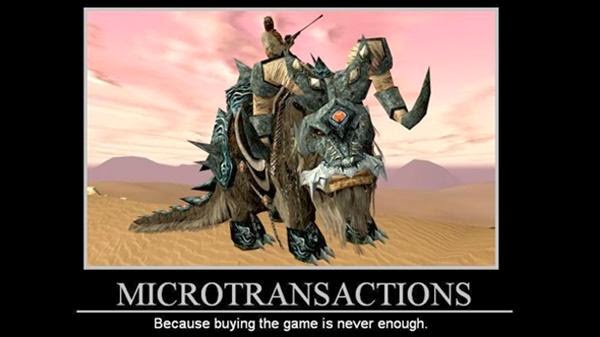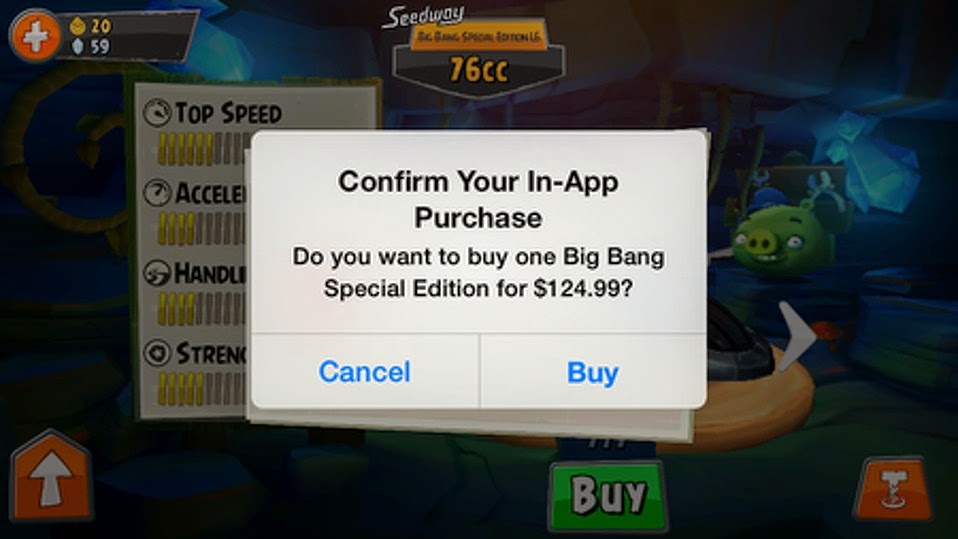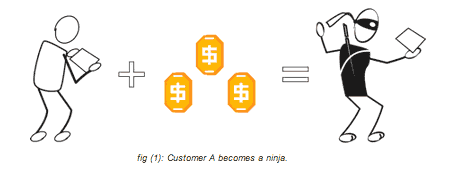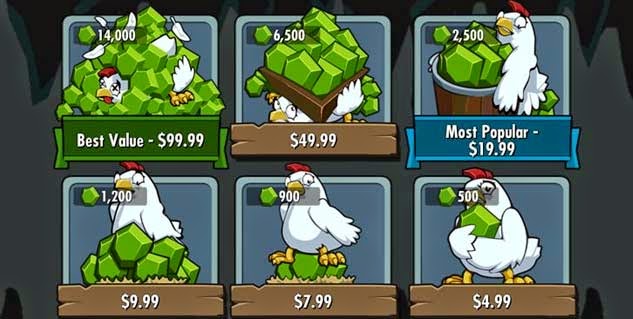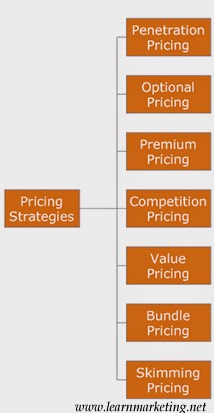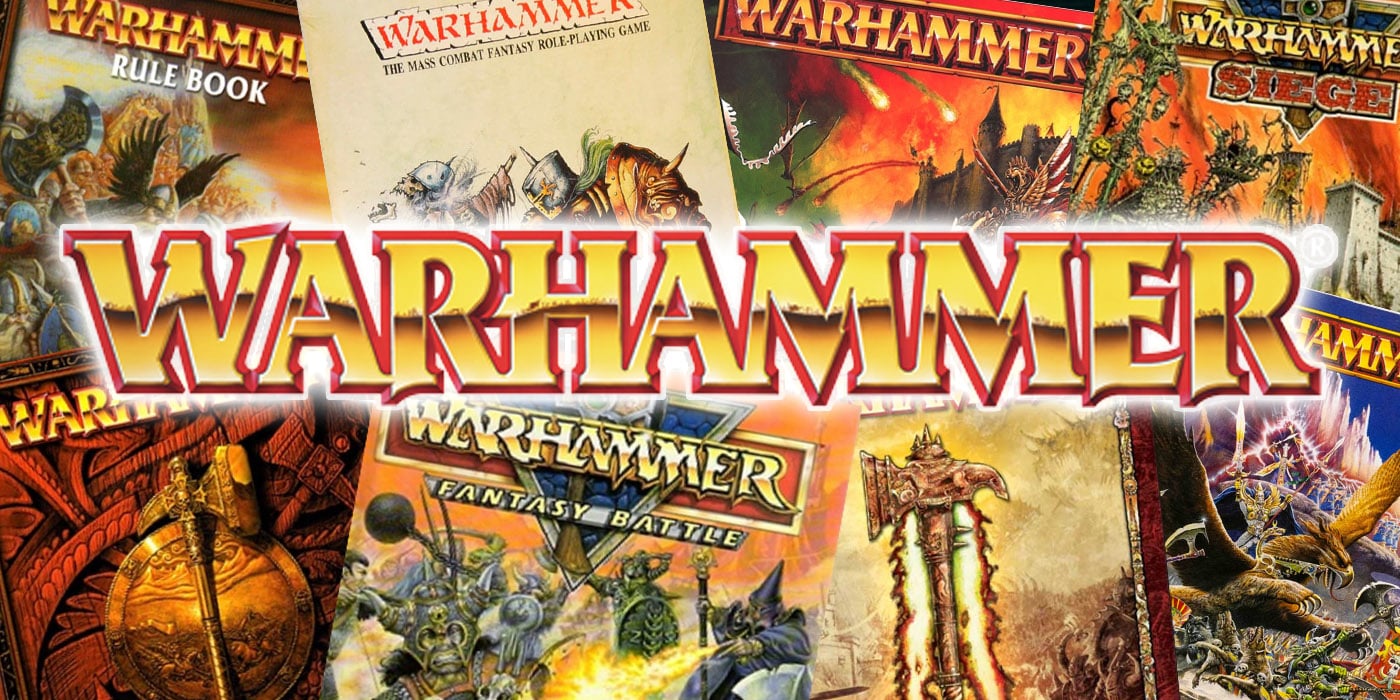Brent: Games Workshop and the Micro Transaction
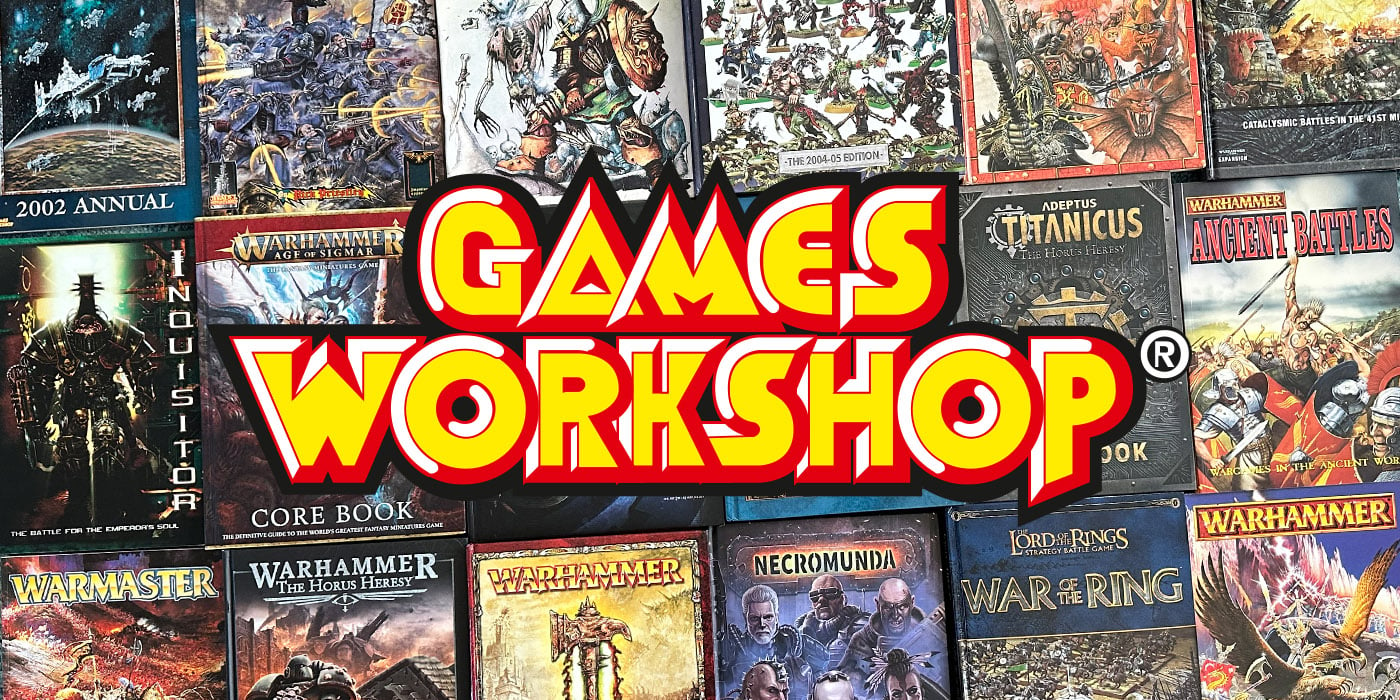
I steal all of my best ideas. Not only do I take them but I shine them up real nice and pretty and take all the credit for thinking of them in the first place.
Case in point, today’s article editorial catalyst for conversation, which developed out of a conversation I had with a dude from the FLGS, the Master Manipulator (every store needs one). You see, I haven’t seen much of MM(esno) lately, since he and Mrs. Manipulator have procreated – in the normal way, I’m sure – and have chosen to raise the little tyke. A common decision; people seem to become attached…
This is, of course, how our hobby loses all the best gamers. It’s going to happen to Goatboy, as sometime in October he’ll have a Billy Goat of his own. But I digress.
I saw my buddy on Saturday and we chatted about 7th. (Priorities, you see.) He was chatting with the guys and the conversation jumped out at me. I interrupted, and he said, “It’s all about the micro transaction.”
I know that’s what he said because I hit the record button on my phone. I said, “What was that?”
“I said a player has his Marines and he wants to add some Guard, so…”
“No, before.”
Another guy in the room: “He wants you to repeat what you said – he’s probably going to record it.”
“I’m already recording it. You said something about a “microtransaction.” What did you mean?”
It goes something like this, comparing Games Workshop’s current sales strategy to that employed so effectively by the video game industry. To get in, you’ve got the big, initial first buy in. With video games, it’s a console. Once you have that, every few months you’re going to shell out $50 or $60 bucks on a video game. My friend didn’t think it was coincidental that GW products are box sets averaging between $40 and $60 bucks; that’s about how much a parent is willing to spend a month on a child’s hobby, or perhaps the average gamers monthly hobby budget.
If you’re thinking that way, a Lords of War model is a Christmas or Birthday.
That’s how I got started thinking about GW’s pricing strategy, but while I understand what the Master Manipulator (every store needs one) meant when he called it a microtransaction, that’s not actually how the term tends to be used. It’s defined as a “financial transaction, usually involving small sums of money” on Wikipedia, but really when we think of it we’re usually talking about in-game purchases you can make in a video game.
These days, it’s not uncommon for a game to be free or priced low as incentive to purchase. If you like the game, you’ll want to unlock more content, or perhaps purchase abilities or gear rather than grinding through a game to earn it “honestly.” It’s also used for games that are something of an investment, such as Knights of the Old Republic. It’s a shortcut, right?
As an example, here is an excerpt from an article about the game Plants versus Zombies, Garden Warfare:
“The microtransactions allow you to purchase in-game money in varying quantities from the game’s Sticker Shop. You can then spend these coins on new packs of upgrades, just as you could using money earned through in-game play.”
The whole concept of microtransactions is seen as great for the publisher but not as popular among players. Still:
“While it’s been abundantly clear for a while now that developers and publishers (emphasis on the latter) are more than delighted to start continually charging players for additional game content — even when the game costs $60 in the first place — it’s also been abundantly clear for a while that a lot of people don’t like this way of doing business.”
Here’s a more specific example, from the same article:
“Separately, Microsoft and Turn 10 Studios have been drawing criticism for the presence of microtransactions in Forza Motorsport 5 on Xbox One, allowing players to spend considerable amounts of real-world money on “tokens,” used to purchase cars without spending credits earned through gameplay. The game has been particularly heavily criticized for the fact it has changed one of the fundamental aspects of the series’ reward structure — giving players free cars as rewards for completing races and other events — in favor of a free-to-play-style “grind or pay up” mechanic…”
Summing up the distrust about the microtransactions trend is this bit, pulled from an article on PC Gamer:
“A lot of the distrust toward microtransaction-driven games comes down to the way they habitually obfuscate both what exactly you’ll be paying for, and how much you’ll be paying for it. This starts with the standard practice of exchanging of standard currency for fake fun-bucks equivalents. In Rift, it’s “Credits”, in The Old Republic, it’s “Cartel Coins”, in War Thunder, it’s “Golden Eagles”, to name just a few. The deliberately awkward exchange rates are of course designed to hide the actual value of the items you’re buying, but hiding the value of every transaction at this fundamental level appears dishonest.”
I invested quite a bit of space defining the concept then dropping in blurbs to highlight the use of and controversy surrounding in-game purchasing. My thought? Our community of war gamers include a sizable percentage of video gamers, so the interested reader will find merit and may want to read the original articles. For those who didn’t care so much, I know you skipped over it anyway so quit acting so aggrieved!
I believe we can expand our understanding of a subject by comparing and contrasting, in this case a pricing strategy in video games against the marketing strategy GW uses.
On one level, it’s just as my friend suggested. There is an initial price point that’s fairly high, followed by adding to one’s collection every month with a price point that’s set squarely in the “disposable income” range. It’s either what most parents are willing to spend on Little Bobby’s social activity (because Gawd knows some of us started off a bit awkward!) or what a middle class income can justify as an entertainment budget.
Of course, there is a host of other products at various costs, such as the blister-pack-impulse-buy or the social-status-Forge-World-titan, but I believe (and correct me if I’m wrong) that the most important sale is the boxed set. For GW to be successful, many little boxes of plastic toys need to be sold!
Driving the comparison further, there’s even an aftermarket. Video games end up at Game Stop for a 2nd hand sale, but according to that company the funds are almost always used to purchase new products. For us, it’s Ebay.
Now there is the downside of the microtransaction in the video games, which at its core is the concept that a player can game the system by outspending the player base. Enter Unbound armies! Obviously, Games Workshop just wants to sell models and couldn’t care less about the game. Unbound armies are going to destroy game balance – after all, Bobby Jr. (Little Bobby grew up, never learning the lesson of proper socialization) is going to by an army of Riptides and Broadsides and win all the games without doing it right.
Right now, our controversy is that some combination of Unbound armies and Psychic Powers will ruin the game. I still don’t see it. The cool thing about our hobby compared to video games is we’re still meeting in person, face to face, to hammer out a game or three of Warhammer 40K. If your buddy busts out with his “labor of love” army of Hell Chickens, offer to swap sides.
The Master Manipulator (every store needs one) talked about something else before I left for the evening. He said he only plays 40K with a limited number of people, folks he “didn’t have to explain the social contract to up front.”
This article was my effort to thing about Games Workshop’s Pricing Strategies by comparing it to microtransactions in video games. I read a really interesting article, which you can find here, that I’d hoped to incorporate somehow. Since I couldn’t, my hope is some of you will tackle the subject in the comment’s section.
For those of you in the financial or marketing industries, what is your informed opinion on the subject?
As always, thoughts? Comments? Hugs and gropings?

